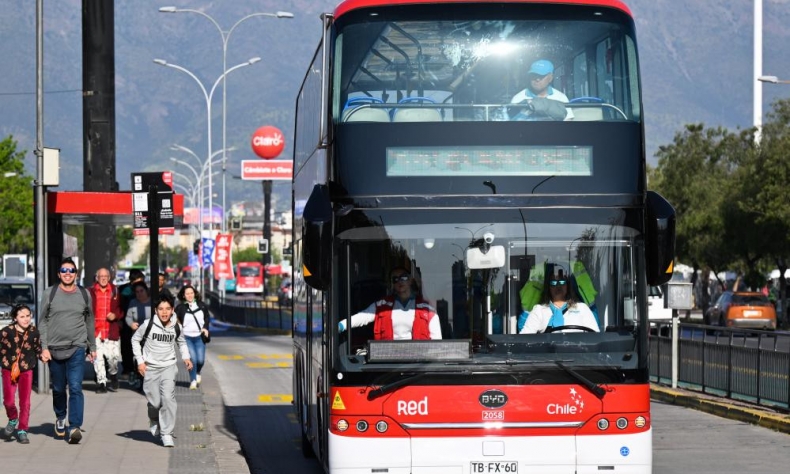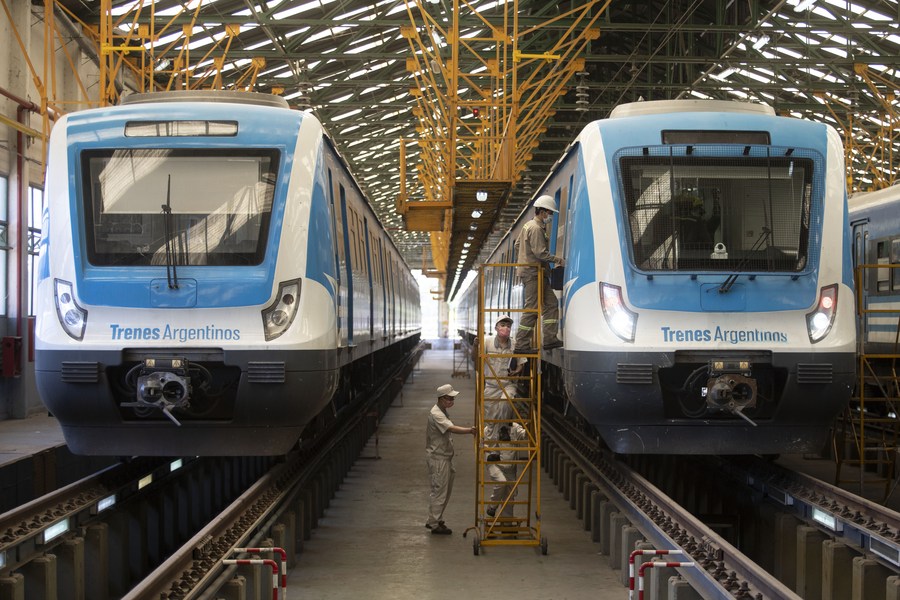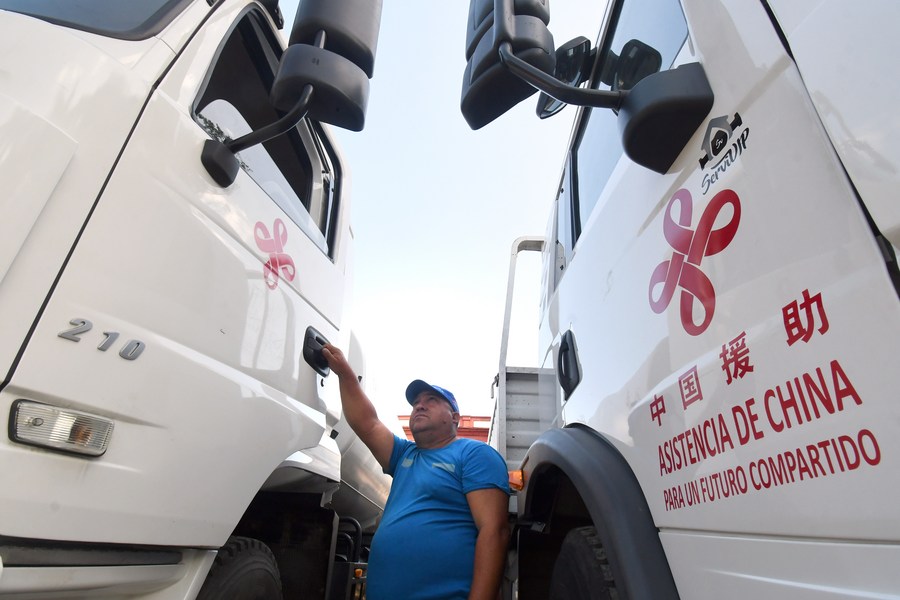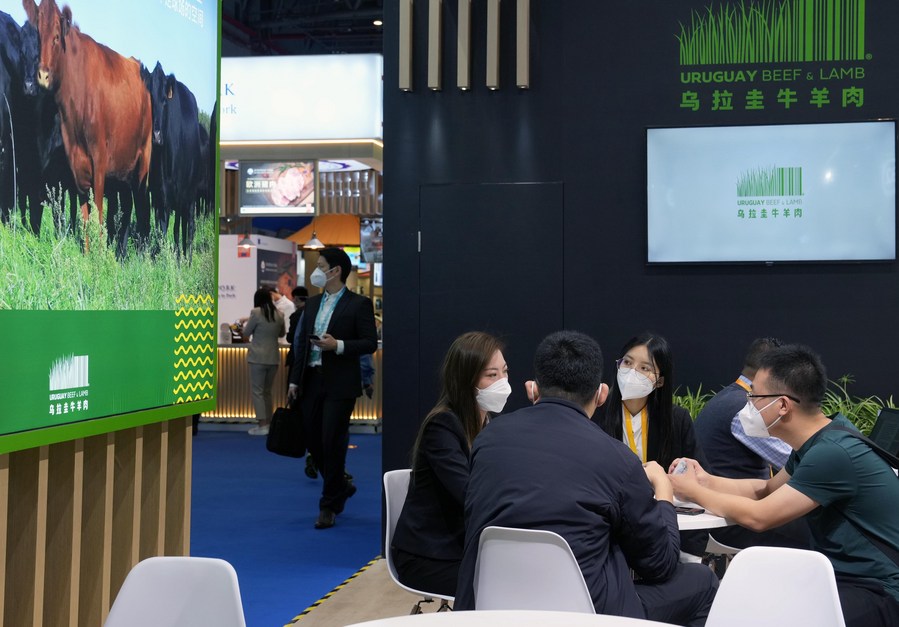Relations Between China and Countries Across Latin America and the Caribbean Flourish as Cooperation Expands

Relations between China and the LAC will continue to deepen and be characterized by steady, pragmatic, close and high-quality cooperation.
As 2023 draws to a close, it is high time to take stock of relations between China and Latin American and Caribbean (LAC) countries—and look to the future.
In recent decades, the rapid progress of economic and trade partnerships has become the ballast and stabilizer of China-LAC relations. According to the latest annual report of the Economic Commission for Latin America and the Caribbean (ECLAC), the value of trade between China and LAC countries increased 35 times from 2000 to 2022. In particular, the figure reached a record high of over $480 billion last year.
However, with the fall in international commodity prices, LAC economies, which rely heavily on exports of agricultural produce and natural resources such as oil, natural gas, copper and wheat, have seen a decline in their export revenues in 2023 compared with the previous year—which in turn has led to a slowdown in their economic growth, according to ECLAC.
In addition, the political pendulum swung in some LAC countries over the past 12 months, such as the election of liberal politician and economist Javier Milei to succeed center-left Alberto Fernandez as Argentina’s president. This, coupled with complex struggles between political parties within those countries, has become one of the main factors holding back the region’s development.
A strong connection
Statistics from January to September, published by the General Administration of Customs of China, showed that trade value between the two sides was less than $400 billion. It is therefore likely that by the end of this year, the number will not exceed that of 2022. Nevertheless, given the global economic downturn, the achievements are still commendable. China has always been the LAC region’s second largest trading partner, and it is also the largest trading partner for many countries in the region.
More LAC countries have expressed their willingness to join the Belt and Road Initiative (BRI) proposed by Chinese President Xi Jinping in 2013, which aims to boost connectivity along and beyond the ancient Silk Road routes. As of mid-December, 22 countries in the region had signed documents for cooperation under the BRI framework with China.

Strengthening political mutual trust has been the cornerstone for boosting bilateral economic and trade relations.
This year, the presidents of 10 LAC countries, namely Colombia, Brazil, Chile, Honduras, Uruguay, Venezuela, Cuba, Barbados, Argentina and Guyana, successively paid state visits to China. The heads of state had in-depth exchanges and reached broad political consensus, playing an important leading role in promoting China-LAC relations and deepening mutually beneficial cooperation.
Meanwhile, blossoming people-to-people exchanges and mutual understanding have played a positive role in enhancing mutual trust and pragmatic economic and trade cooperation.
A shared future
No matter how the political landscape of the LAC region evolves, developing the economy is undoubtedly a top priority for all LAC countries. As the world’s second largest economy, China has established close cooperative relations with many of them.
Relations between China and the LAC will continue to deepen and be characterized by steady, pragmatic, close and high-quality cooperation. The two sides have agreed to join hands to build an even closer China-LAC community with a shared future.
For that, the Ministerial Meeting of the Forum of China and the Community of Latin American and Caribbean States (China-CELAC Forum) and the BRI will continue to serve as major platforms for communication and collaboration. The China-CELAC Forum was launched in 2014 to promote the development of the comprehensive cooperative partnership based on equality, mutual benefit and common development between China and LAC countries.
So far, three editions of the China-CELAC Forum Ministerial Meeting have been held, with each generating specific outcomes.
The first ministerial meeting took place in January 2015, during which the two sides reached the Beijing Declaration, reflecting the political consensus on advancing their comprehensive cooperative partnership. A comprehensive cooperative partnership implies a close and mutually beneficial relationship covering political, economic, cultural, security and other fields. The meeting also established rules for the mechanism and the parties involved also agreed on a cooperation plan which identified key areas and specific measures.

In January 2018, the second ministerial meeting was held in Santiago, Chile, and issued a special declaration on the BRI, marking the wide-ranging extension of the initiative to LAC countries.
The third ministerial meeting took place in December 2021, then adopted two documents, including a declaration and the China-CELAC Joint Action Plan for Cooperation in Key Areas (2022-24), demonstrating a high level of political mutual trust and the aspiration of both sides to deepen ties.
The fourth ministerial meeting is set to take place in 2024. The countries are also exploring the possibility of holding a China-CELAC Forum summit on the 10th anniversary of its inauguration.
China and the LAC region have already launched many infrastructure interconnectivity projects featuring engineering, procurement and construction contracts covering railways, highways, subways, ports and hydropower plants, and have achieved fruitful results.
This has not only promoted the social and economic progress of the LAC region, but also improved people’s wellbeing and created job opportunities. Some “small but smart” people-oriented programs, such as schools and hospitals, have also been built in LAC countries with China’s help.
This also explains why the BRI has become increasingly attractive to many LAC countries. As a latecomer to the initiative, the region has benefited remarkably from Belt and Road cooperation, and a range of Chinese investment projects have been carried out in those countries.
At the Third Belt and Road Forum for International Coopera-tion in Beijing on October 18, Xi said China will take eight major steps to support high-quality Belt and Road cooperation. China will build a multidimensional Belt and Road connectivity network, support an open world economy, and carry out practical cooperation for the initiative. The country will continue to promote green development, advance scientific and technological innovation and support people-to-people exchange. It will also promote integrity-based Belt and Road cooperation and strengthen the institutional building for international Belt and Road cooperation. These priorities point the direction for advancing the China-LAC relationship.

Tapping into more
Infrastructure will remain a key area for cooperation. As LAC countries are well aware that outdated infrastructure has become a major obstacle to their economic development, it is urgent for them to further expand such construction.
Future projects might be more diversified, with a new model of public-private partnership, or collaborations between government agencies and private companies, to be explored and developed.
As the global economy faces the challenges of digital and green transformation, the potentials in the fields of the digital economy and new energy are continuously unleashed and are bound to become new growth drivers of China-LAC economic and trade cooperation.
In recent years, especially during the COVID-19 pandemic, China and LAC countries have expanded the digital economy and developed cross-border e-commerce, which has served as a major driving force for their trade growth against the global downturn.
Joint efforts in scientific and technological innovation will help promote the high-quality development of China-LAC relations. The two sides are complementary in the field of science and technology, and have already cooperated in related areas such as aerospace and clean energy.
In addition, both sides are further exploring possibilities in trade facilitation and media collaboration.
The economic and trade cooperation between China and LAC countries has been and remains resilient. Over the years, they have maintained steady growth in exchanges across the board, which has boosted confidence in the global economic recovery and set an example for South-South cooperation.
The author is director of the Center for Latin American Studies affiliated to the Faculty of History at Nankai University in Tianjin.
 Facebook
Facebook
 Twitter
Twitter
 Linkedin
Linkedin
 Google +
Google +










